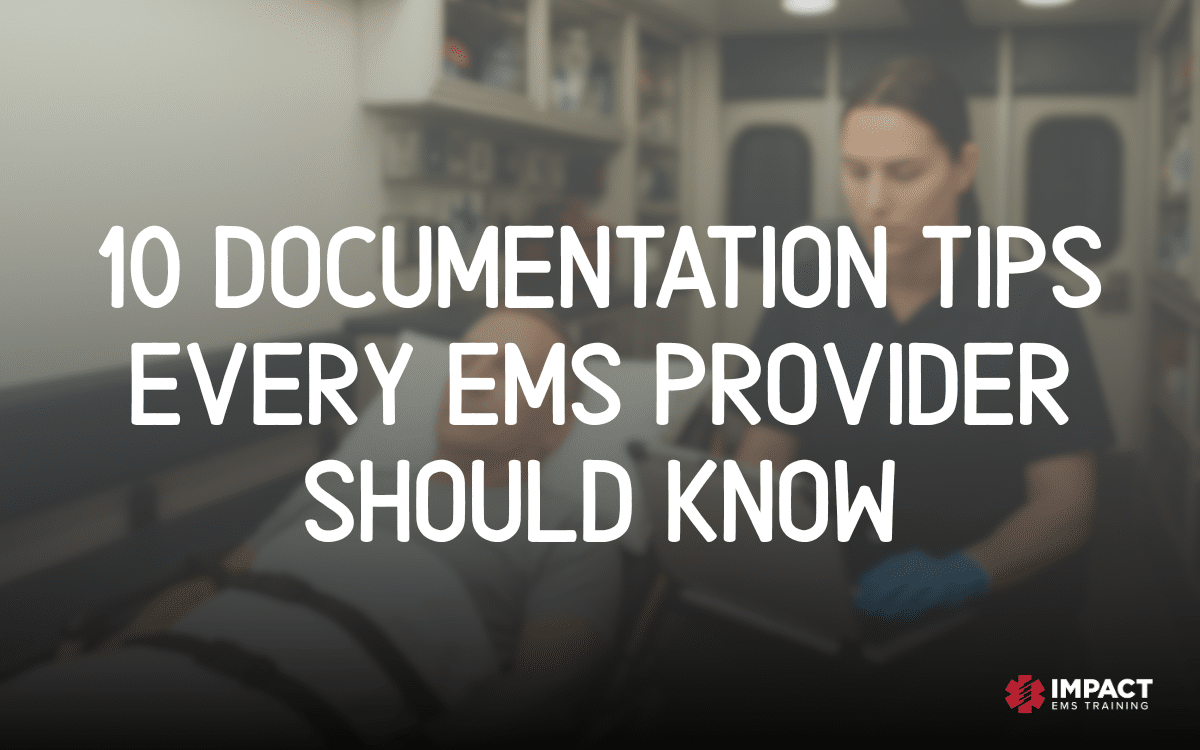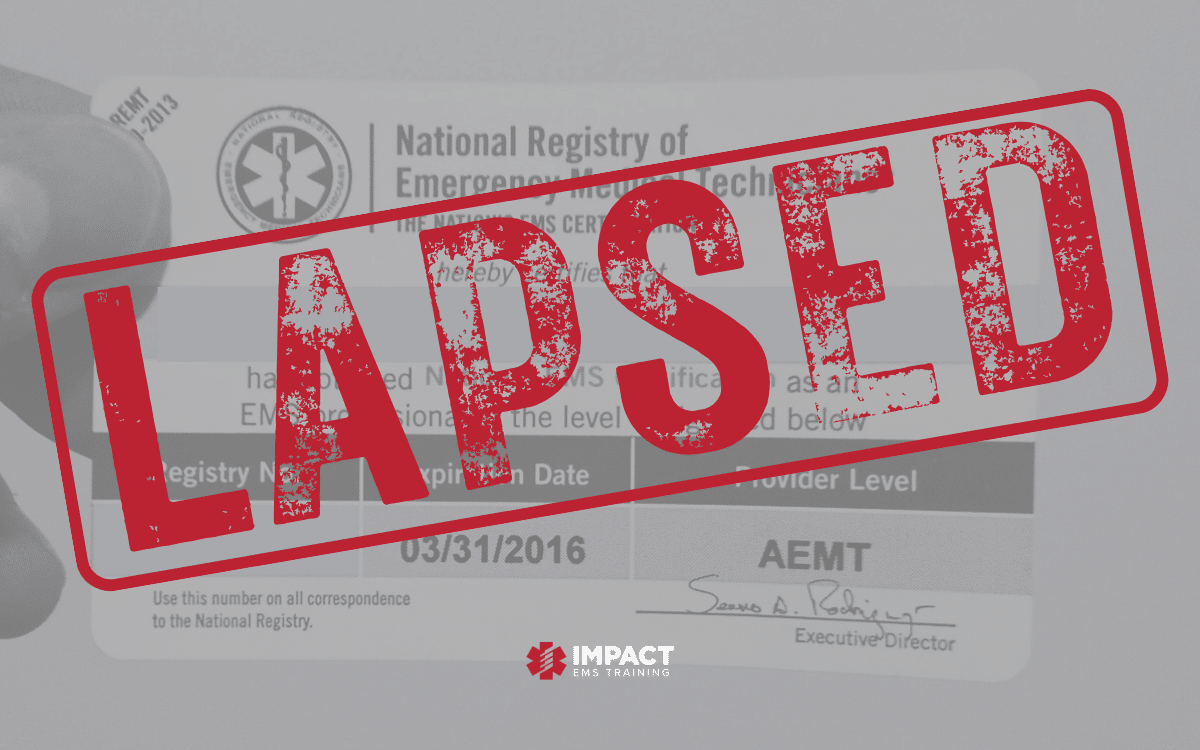What the funk? A brief discussion of how seasonal affective disorder shifts our vibe
Gwenny Lawson
It’s almost midnight. It’s freezing cold outside, even though last week we hit 81°F. This shift is dragging on forever and right now I feel like I hate everyone and everything, despite this being a rather uneventful day. Maybe I just need a Snickers.

I check my watch to see how many hours I have left only to be assaulted by the reality that it is only 6 pm. HOW?! It has been dark for HOOUURRSSSSS. “This is some bull crap,” I mutter to myself as I flip open my phone and google “Paramedic contracts in the Caribbean.”
Seasonal Affective Disorder (SAD) is a combination of biological and mood disturbances that occur in autumn and winter, resulting in changes to our bodies and minds (1). People with SAD may experience prolonged episodes of sadness, feelings of hopelessness, a sense of being overwhelmed, weight gain and appetite changes, sleep disturbances and increased fatigue, loss of energy, and difficulty concentrating (2). The earlier onset of darkness during the winter months can negatively affect our brains, causing a disruption in circadian rhythm.
The incidence and severity can be impacted by underlying neurotransmitter dysfunction, stress vulnerability, serotonin levels, and ongoing stressors. SAD is more prevalent in women of childbearing age with a 4:1 ratio of women:men diagnoses. It is rare in young children but seen more frequently in teens aged 16-18 (1).
SAD might look like someone being more forgetful than he typically is, or your partner may not handle high-intensity situations we see so often in our line of work as well as she usually does. You might find yourself doing a line (of Oreos) after a shift when you have historically been a disciplined healthy eater.
You might hear your EMT crying in the supply closet even though she’s rock solid at baseline. Your teenager could seem spaced out and poorly focused. SAD can occur as an isolated season for a person, or it could occur rhythmically, hitting around the same time each year.
If you suspect you may have SAD, it is of utmost importance to make an appointment with your primary care physician or a psychiatrist to rule out organic causes and to ensure an accurate diagnosis. SAD is often misdiagnosed as PMS/PMDD, thyroid disorders, or addiction, among many others.
There are several treatment modalities in combating SAD. In mild cases, or when used prophylactically, maintaining a healthy diet rich with protein and fiber, low in carbohydrates and hydrogenated fats is helpful, along with maintaining a regular exercise routine. Even just spending 20 minutes in moderate weight lifting or doing 30 minutes of yoga after a wild shift can decrease the severity of SAD. But as with all pathologies, diet and exercise are not always enough.
Increasing UV light exposure, either through sunlight or therapeutic lamps has proven effective in many cases. One recommendation is to open curtains and sit in a sunny room of the house for 20 minutes early in the day.
Pharmaceuticals, specifically selective serotonin reuptake inhibitors, are sometimes required to correct depression associated with SAD. Therapy (talk therapy, EMDR, brain spotting, etc) can be incorporated with light therapy and pharmaceuticals for maximized effects or for more severe cases.
The pearl I want you to glean from this short blog is to recognize the symptoms, whether it’s in yourself or someone you care about and get help. You do not need to find the answers on your own. Reach out for help. Call your doctor. Take a sick day (psst…that’s why we accrue it!).
And finally, if you have thoughts of self-harm, call the Code Green Campaign Hotline at 1-206-459-3020.
The world is such a better place with you in it and when you’re at your best. We need you here.
References:
1: https://www.aafp.org/afp/2012/1201/p1037.html
2: https://www.psychiatry.org/patients-families/depression/seasonal-affective-disorder
Impact EMS offers accredited certification and refresher courses in one trusted location. Fully prepare for certification exams and maintain licensure with skill building credits.





